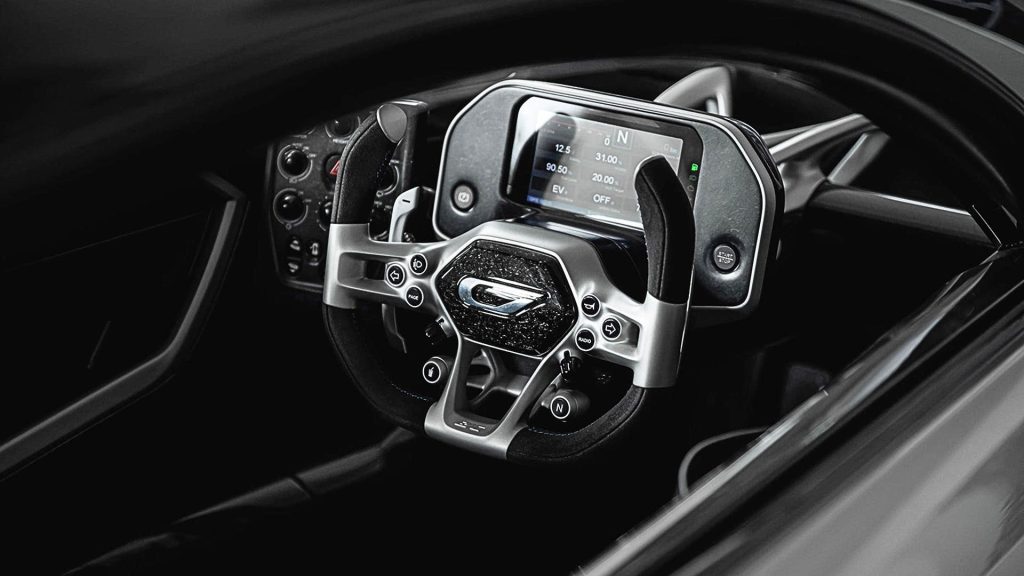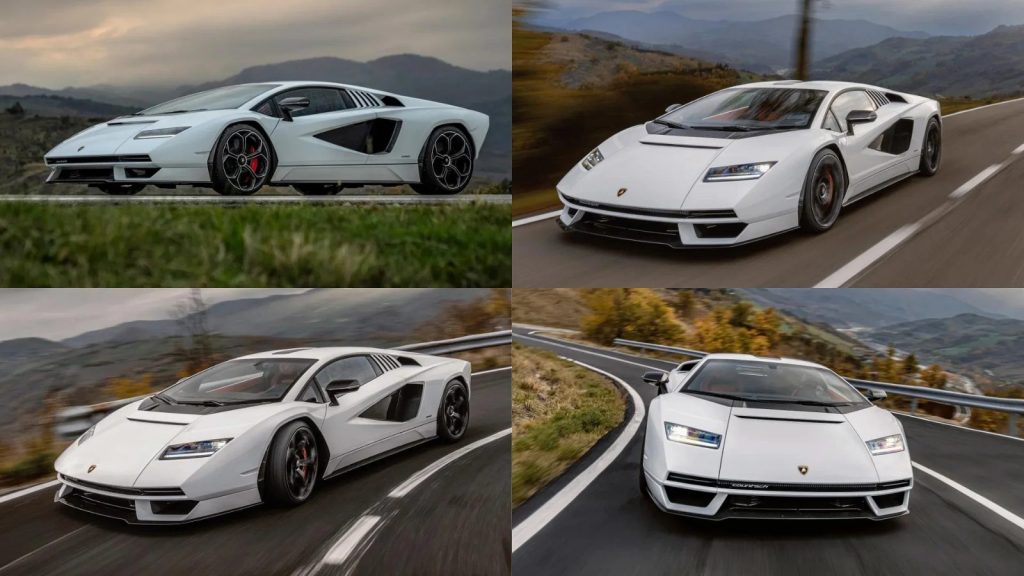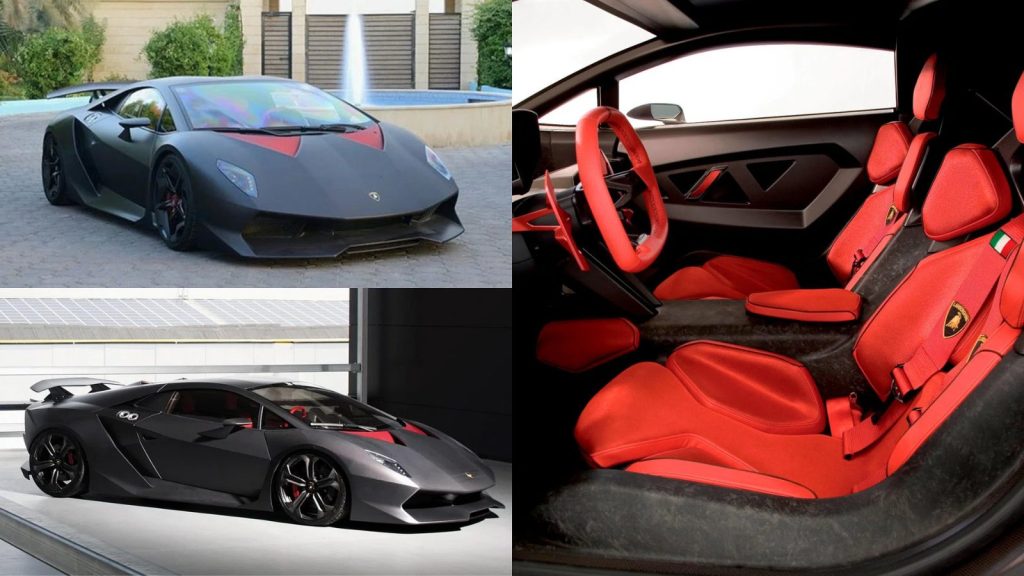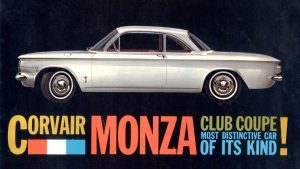
Czinger 21C Front - Source Czinger Media
Table of Contents
Czinger 21C Introduction

The Czinger 21C, which stands for the 21st Century, is made by Los Angeles-based Czinger, which was founded in 2019 to utilize “revolutionary, proprietary technology to create vehicles equipped with both dominating performance and iconic design.” To be fair, only some of the 21C’s parts are 3D printed; the rest of the body is made of carbon fiber along with titanium and aluminum. By the looks of it, the 21C gives Aston Martin Valkyrie and Mercedes AMG One a run for their money.
And the 21C is both iconic and unique. Inspired by the fastest manned aircraft out there, it is a track-focused but street-legal hypercar.
Kevin and Lukas Czinger’s car brand was established in 2019, with the 21C demonstrating the capabilities of the manufacturing system developed by the duo and their other firm, Divergent. The objectives for the 21C were to “beat every track record, and every speed, acceleration and braking record,” says Kevin.
Czinger 21C Design

In-person, the 21C is a rather more subtle machine than you might think. It is 12 mm wider than a Bugatti Chiron, but the Czinger’s curves and rounded edges mean there’s a genuine sense of sophistication to its styling. The notion of form following function is clear, compared with some of its hypercar rivals, whose looks are all about shock and awe.
The exterior boasts extremely streamlined low-lying look with a small cockpit. There are two seats but in a tandem arrangement, with the passenger seated directly behind the driver. The 21C has a 1+1 pillion layout. But it wasn’t used just because it’s “very bad ass”, as Lukas explains in an interview to AutoExpress. “The first reason for it is function,” he says, “to reduce the frontal surface area of the windscreen, and use more of the fender area for downforce.

“The second reason was to be able to take a passenger. You don’t just want to have a single-seater, so you have the 1+1 layout, where the rear seat of this car is actually very, very enjoyable. It’s an emotional experience, and you’re very tied into the driver as well so it’s a shared experience.”
“The technology lends itself to making changes much more rapidly,” says Lukas. “To me, this car, for a normal OEM, using normal technology would have taken seven to 10 years to create, but we created it in a fraction of that time because we were able to iterate so much more quickly.
“This car has essentially taken seven to 10 iterations and done it all very quickly, thanks to our ability to capture track data, to simulate and to change the car and get fundamentally new parts onto it very quickly. It’s not like we got it perfect on our very first try, but compared with the time it would take an OEM, we probably cut that by 10 times.”

The end results of the computerized 3D printing are stunning skeletal components, which Kevin proudly shows. “These things look like they’re biologic”, he explains. “When a system is adding and subtracting against a set of load cases to be maximally material and energy-efficient, it’s like nature. Nature through trial and error is brutally competing for material and energy efficiency, and we’re doing the same thing here.”
The firm plans to eventually have printing and assembly centers all over the world, producing parts for millions of cars, not just expensive supercars. Lukas reveals that we will see a Czinger EV at some point, but won’t be drawn on specifics or provide a timeline for when the firm’s first electric car will arrive.
Only 80 Czinger 21C models are being produced, and one will cost you around $2 million. Each model will be highly customizable. If you’re interested, deliveries are expected to start in 2023.
Czinger 21C Engine and Performance

At the heart of the 21C is a twin-turbocharged 2.88-litre V8 engine that was developed completely in house. With a grin-causing redline of 11,000rpm, the 21C gets two electric motors on the front axle that combined produce 300 horsepower, for a total of 1,250 horsepower. This astonishing power along with an all wheel drive powertrain gives the car that extra boost. Considering the curb weight of 2,760 lbs (1,250 kgs), the 21C boosts the 1:1 power-to-weight ratio, a feat achieved by only a few models such as the Koenigsegg One:1 and Koenigsegg Agera R.
With a total of 80 units planned, the 21C gets two special models namely, 21C V-Max and 21C Blackbird.
As the name suggests, these are going to be a notch above in terms of performance and this goes without saying that these will cost extra as well. As the 21C offers a good blend of track and road performance, the 21C V-Max has been aero optimised for top speed. The Blackbird is a more track-focussed model meant for jaw-dropping performances off the road.

The 21C V-Max (V for Velocity) uses the same engine, however, with many aerodynamic changes for added top speed. The V Max features a redesigned front end with removed canards and a wider nose to improve airflow around the front tires. The front splitter is reshaped for better underbody aerodynamics, with the center section drooping down. The side sills are also extended towards the rear of the front fenders.
On the other hand, the Czinger 21C Blackbird features an upgraded hybrid-assisted 2.9-liter twin-turbocharged V8 engine, increasing the power output by 100 horsepower over the standard 21C, totaling 1,350 horsepower. It also has a custom black Alcantara interior with black leather accents and contrasting Afterburner Orange details. If you’re already inclined towards the Blackbird, you might want to hold your horses as the Czinger only plans to roll four units. Wait, there is more, for $2.8 Million each, all four units have already found their lucky drivers.







